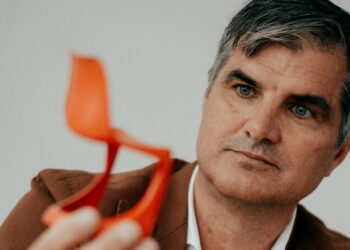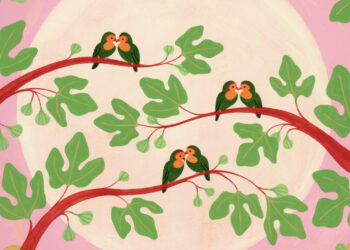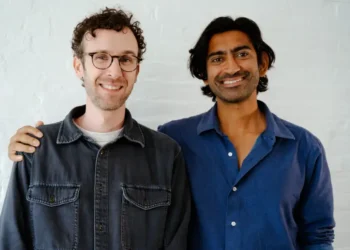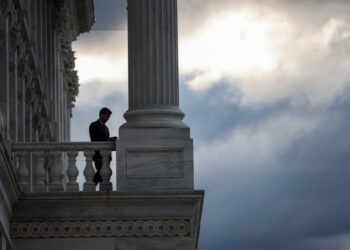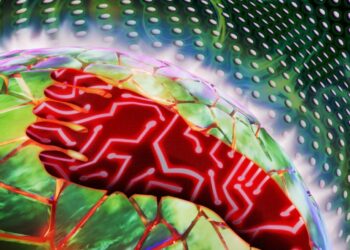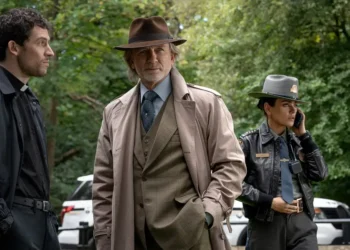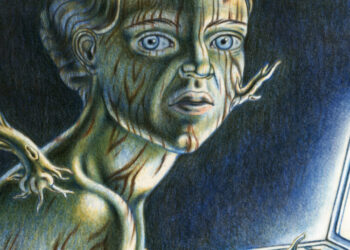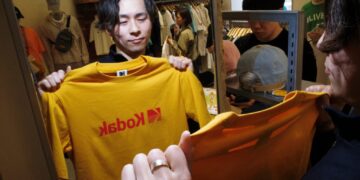Can You Reboot a Lamp Like a Superhero Franchise?
On a sunny evening in mid-June, a group gathered on a terrace overlooking the Tivoli Gardens amusement park in Copenhagen,...
I’m a couples therapist. Here’s how to have a better relationship.
Relationship advice is everywhere — much of it simplistic, contradictory or disconnected from how partners actually function. After more than...
These 11 retail startups raised millions from VCs this year, from Gopuff to Stickerbox
Stickerbox is among the companies that raised the most money in 2025. StickerboxRetail startups have raised over $390 million in...
How a Left-Right Social Media Tiff Pushed Texas to Fund Parks
Texas is known for its deep devotion to private ownership and staunch aversion to government spending. So why, for much...
8 Ways A.I. Affected Pop Culture in 2025
A.I.-generated artists topping iTunes and Billboard charts. Podcast hosts speaking fluently for hours in languages they do not know. Dead...
Before You Toss That Book …
To those of you resolving to clean house in the new year, a word of caution. Throw out whatever you...
Ben Sasse is exiting the stage far too soon
This is an appreciation, not an obituary; former Republican senator Ben Sasse from Nebraska is still with us. But two...
Billion-Dollar Data Centers Are Taking Over the World
When Sam Altman said one year ago that OpenAI’s Roman Empire is the actual Roman Empire, he wasn’t kidding. In...
Homicides down more than 30 percent this year in Prince George’s County
Killings in Maryland’s second-most populous county won’t reach triple digits for the first time since 2020, in line with a...
Here’s who Virginia’s next governor has chosen for her Cabinet so far
RICHMOND — Three Democratic state delegates and a former FBI agent are among the Cabinet secretaries Virginia Gov.-elect Abigail Spanberger...
